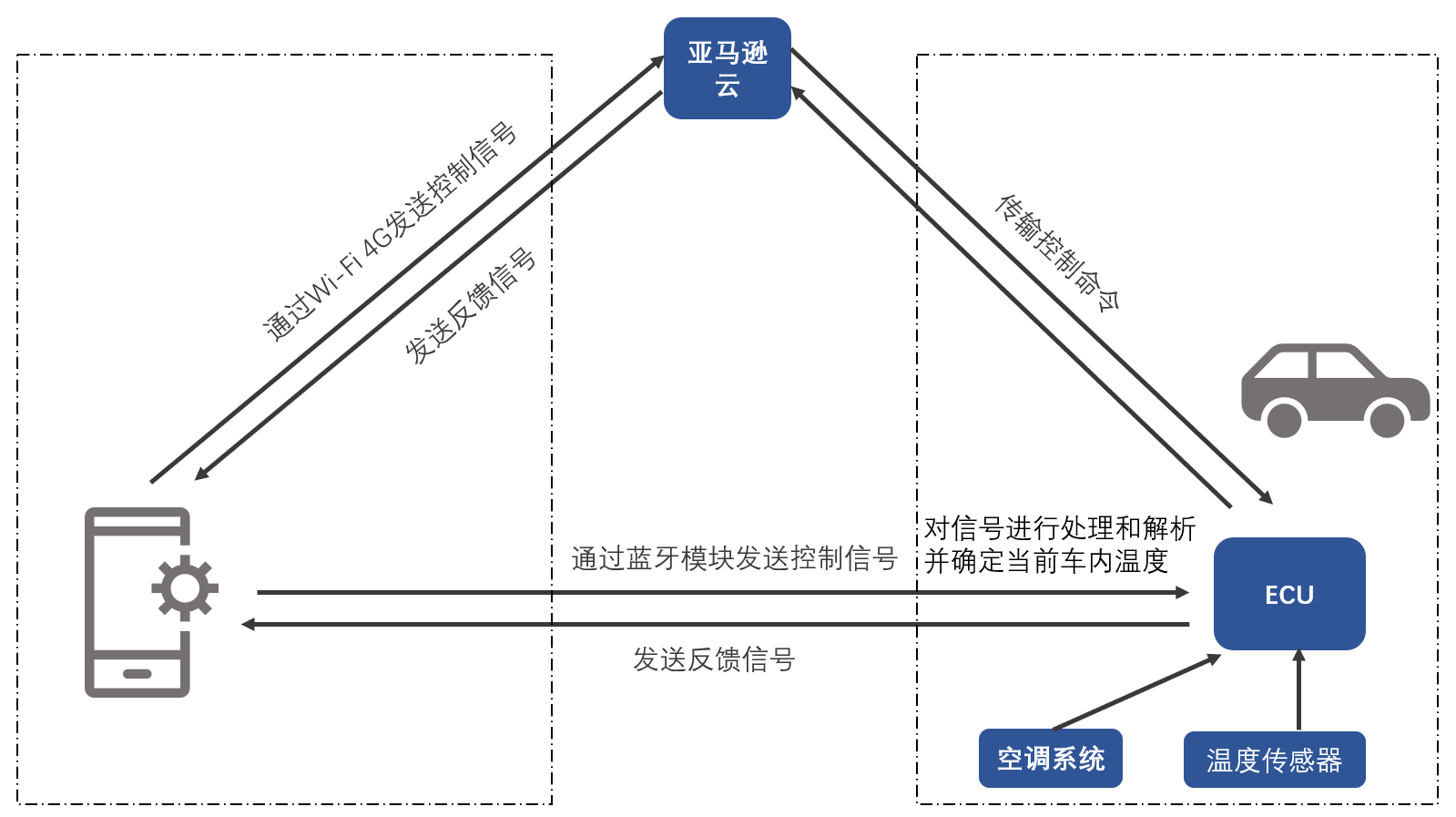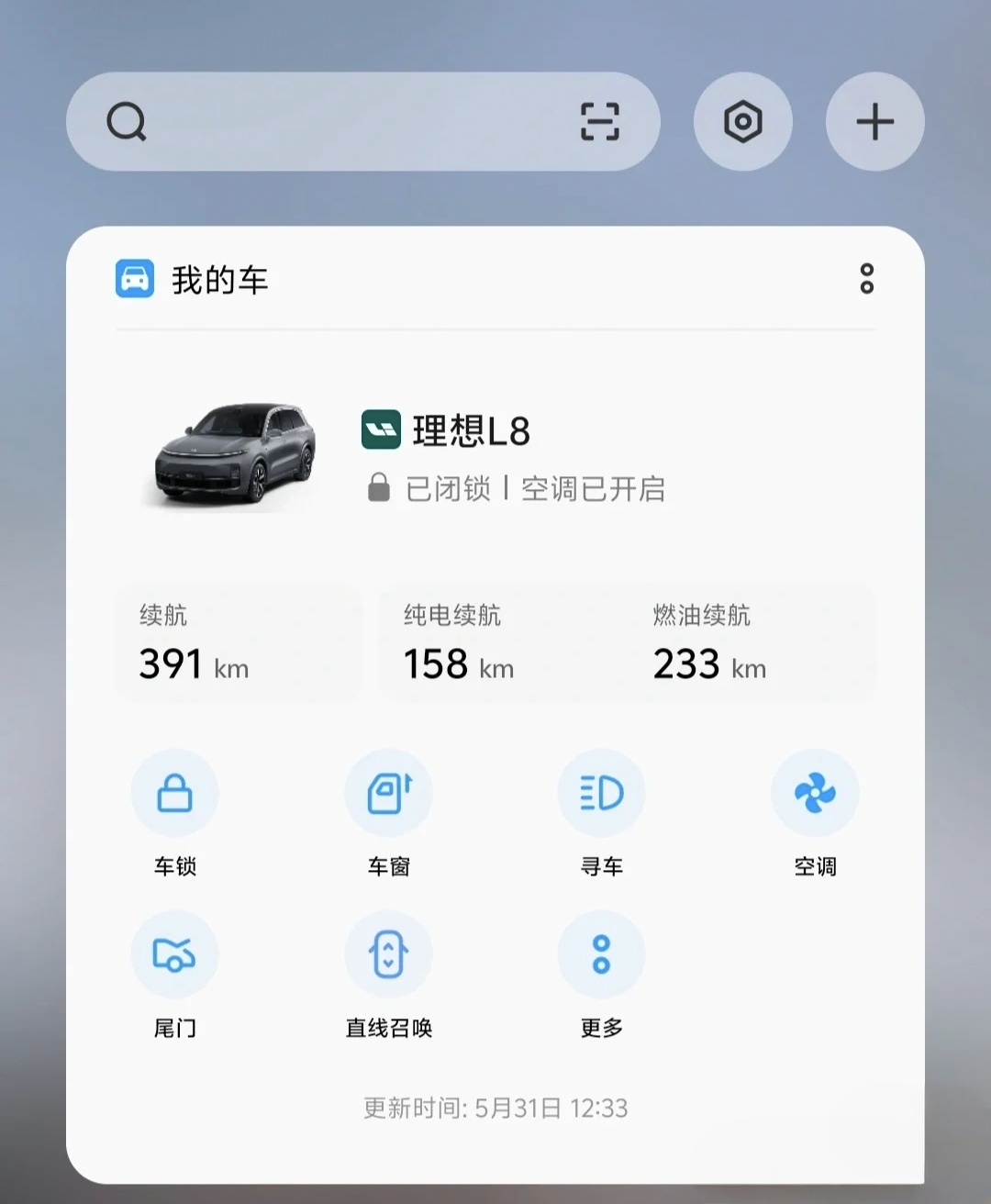01 Background and objectives
Project core
Nature of the project: The IOT project of OPPO and Ideal Automobile is mainly a deep cooperation
around the interconnection of vehicles and machines. The collaboration aims to provide a more intelligent
and convenient vehicle experience by combining the technology strengths of both companies.
Core problem: It aims to solve the inconveniences that users encounter when interacting with cars
using smartphones, such as forgetting to carry car keys and cumbersome manual operation. Through
vehicle-machine interconnection technology, users can control vehicles more easily and improve vehicle
efficiency and safety. In addition, with the development of 5G technology, such cooperation will also
help promote the advancement of connected vehicle technology and lay the foundation for future intelligent
transportation systems.
Specific goals
1.Improve user experience:
Through the seamless connection of mobile phone and car machine, users can more easily control the vehicle,
such as remote opening and closing doors, Windows, air conditioning, etc., and one-click car search and
other operations.

2.Enhance vehicle functions: Through software upgrade, add functions such as vehicle App, mobile
desktop car control, unlock ventilation, central control screen revision, etc., to improve the intelligent
level of vehicle system.
3.Keyless unlock: Users can use their mobile phones or smart watches as car keys to achieve
non-inductive Bluetooth car key functions, such as querying charging status, remote air conditioning,
remote door/window, etc.

4.Provide real-time information: Users can view vehicle information, such as pure electric and fuel
range, and get real-time updates on vehicle status through their mobile phones.


02 LOT technical architecture
2-1 Sensor network
Examples: Ambient light sensor、Temperature sensor、 Humidity sensor、Air quality sensors、
Eye-tracking sensor、Vehicle running status sensor、Health sensors、Camera sensor、
Ultrasonic sensors、Infrared sensor、Sound sensorAmbient light sensor、Temperature sensor、
Humidity sensor、Air quality sensors、Eye-tracking sensor、Vehicle running status sensor、
Health sensors、Camera sensor、 Ultrasonic sensors、Infrared sensor、Sound sensor
Interior temperature sensor:
The temperature sensor in the car is a thermistor with a negative temperature coefficient, and the
resistance value of the thermistor will gradually decrease as the temperature value increases. The
temperature sensor in the car is an important information input component of the automatic air
conditioning, which is used to detect the temperature in the car to control the work of the air
conditioning system. When the temperature inside the car changes, the resistance value of the
thermistor changes, thereby conveying the temperature signal inside the car to the air conditioning
ECU. It can affect the air temperature of the outlet, the air volume of the outlet, the position
of the mode damper, and the position of the internal and external circulation damper.
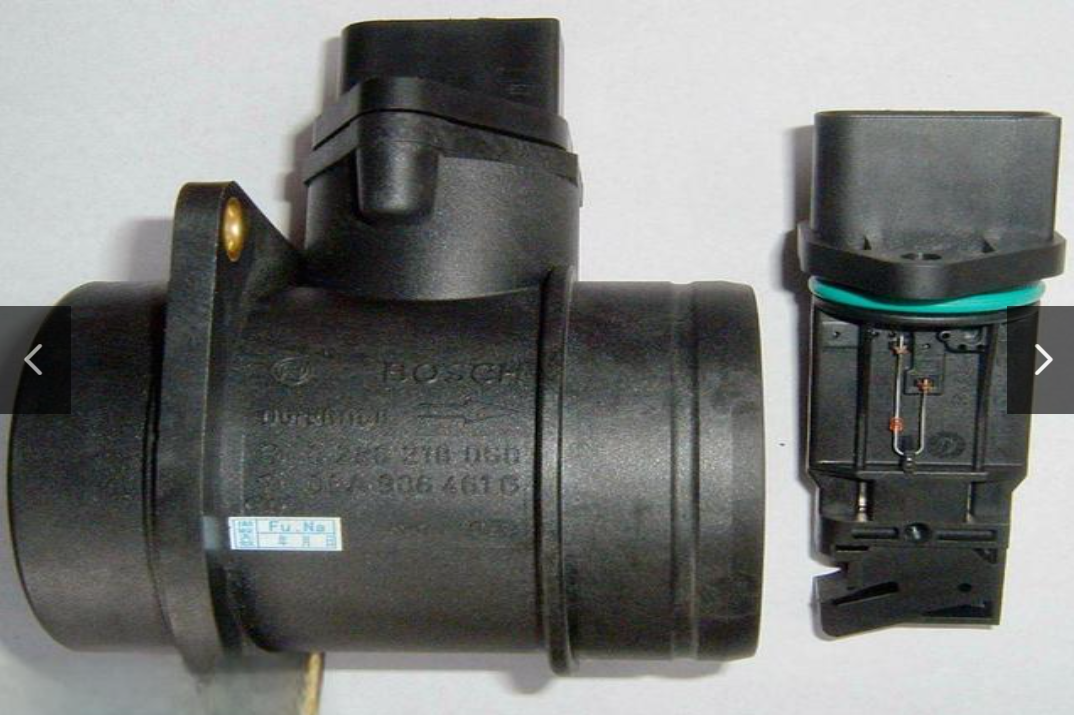
Some temperature sensors in the car are installed inside the instrument panel, and there are special
grille port installation positions; Some are mounted on the control panel.

Ultrasonic sensor:
Ultrasonic sensor is a device that uses ultrasonic signal for distance measurement and obstacle
detection. They calculate the distance from the transmitting point to the obstacle by transmitting
ultrasonic signals and receiving the signals reflected back by the obstacle. Because ultrasonic
sensors are insensitive to color, light and electromagnetic fields, they can work effectively in
the dark, smoke, dust, and electromagnetic interference environment.

Brake assistance: Ultrasonic sensors can help the driver accurately judge the distance to the vehicle
or obstacles in front of the vehicle, if the distance is too close, the vehicle will issue a warning,
some smart cars can also automatically slow down or stop, effectively prevent traffic accidents.
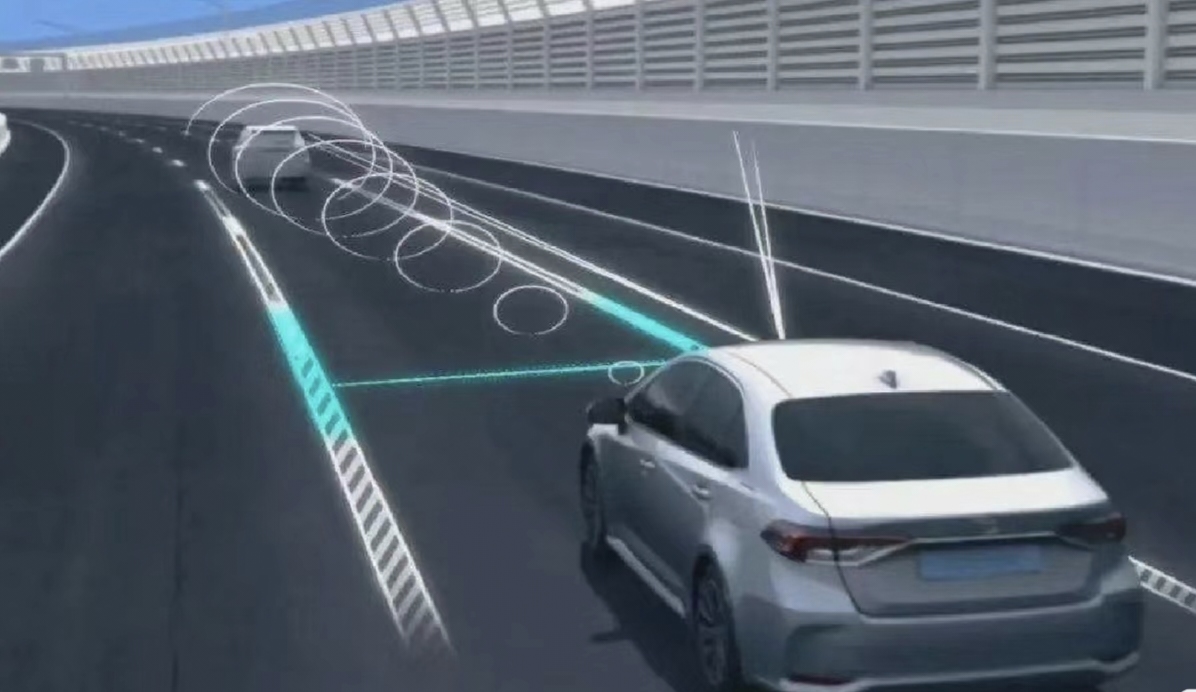
Automated parking: Ultrasonic sensors play a key role in automated parking systems, measuring the
distance between the vehicle and surrounding obstacles and assisting the vehicle to enter the
parking space safely and smoothly.
Parking Assist Systems (PAS) : PAS systems use ultrasonic sensors to measure the vehicle's distance from
obstacles and notify the driver of proximity, helping the driver avoid collisions or bruises.

2-2 Data transmission
Use the temperature sensor inside the car to explain in detail
To control the temperature in the car with a mobile phone, you first need to carry out
the following steps:
1.Install a Connected Car APP: First, you need to download and install a Connected Car app (APP) on your
phone, which is usually provided by the car manufacturer or a smart car control app developed by a
third party.
2.Sign up and pair: Open the app and follow the prompts to sign up for an account, then pair your phone
with your vehicle's iot system. This usually needs to be done via Bluetooth or the vehicle's Wi-Fi
network.
3.Authorization and connection: After a successful pairing, you may need to confirm on the vehicle's
center control screen to authorize the phone's ability to control the vehicle.
4.Control the temperature in the car: Once paired and authorized, you can control the temperature in
the car through the mobile APP. You can set the desired temperature, adjust the air conditioning mode
(such as cooling, heating or ventilation), and even remotely turn on or off the air conditioning system.
In-car temperature sensors need to transmit data to the central processing system by:
1.Wired transmission: Temperature data collected by the sensors is transmitted via a network of wires inside
the vehicle to a central processing unit (ECU).
2.Wireless transmission: In some modern vehicles, sensors may send data to a central processing system via
wireless technology such as Bluetooth, Wi-Fi, or a dedicated vehicle communication network.
3.Data processing: After receiving the data from the sensors, the central processing system processes and
parses it to determine the current temperature inside the vehicle.
4.Feedback control: The processed data is used to adjust the operation of the air conditioning system to
keep the interior temperature within the set range.
Use ultrasonic sensors to explain in detail
Ultrasonic sensors need to transmit data to the central processing system by:
1.Wired transmission: Data collected by the sensors is transmitted via a network of wires inside the vehicle
to a central processing unit (ECU).
2.Wireless transmission: In some modern vehicles, sensors may send data to a central processing system via
wireless technology such as Bluetooth, Wi-Fi, or a dedicated vehicle communication network.
3.CAN bus communication: Many cars use the Controller Area Network (CAN) bus system to transmit data from
various components inside the vehicle, including ultrasonic sensors. The CAN bus is an efficient intra-vehicle
communication protocol that allows for the rapid and reliable exchange of large amounts of data.
2-3 Data processing and storage
Use the temperature sensor inside the car to explain in detail
Basic steps of data processing:
1.Data acquisition: Sensors collect temperature data in the car and convert it into electrical signals.
2.Signal conversion: The analog signal received by the central processing system usually needs to be
converted into a digital signal by an analog-to-digital converter (ADC) for computer processing. Data
processing: The digital signal is processed by a microprocessor or microcontroller to calculate the
current temperature value.
3.Data analysis: The processed data may be compared with preset temperature thresholds to determine
whether the operation of the air conditioning system needs to be adjusted.
Common ways of storing data:
1.Temporary storage: Processed data may be temporarily stored in memory for real-time monitoring and
processing.
2.Long-term storage: If it is necessary to record historical data on temperature changes, this data
may be stored in the vehicle's permanent memory, such as flash memory or hard drive.
3.Cloud storage: In some modern vehicles, data may be uploaded to a cloud server for remote access and
analysis.
Technical requirements for data processing and storage:
1.Accuracy: The temperature sensor must have high precision to ensure the accuracy of temperature data.
2.Speed of response: Sensors and processing systems must be able to respond quickly to temperature
changes in order to adjust the air conditioning system in a timely manner.
3.Stability: The system must be stable and reliable to prevent data loss or errors.
4.Security: Stored data must be secure from unauthorized access.
03 Applications and functions
Real-time monitoring
Through the integration of Internet of Things technology, real-time monitoring of vehicle driving status
is realized. Lenovo's sensors are installed in key parts of the vehicle, ensuring that they work continuously.
The sensors are able to monitor the vehicle's mileage in real time and send the data to a cloud server
via a wireless network.
The user's smartwatch syncs with Lenovo's cloud service to display the vehicle's remaining miles in real
time. Users can easily access the current remaining mileage information by simply looking at the corresponding
app or interface on the watch. This allows the user to know the battery life of the vehicle at any time
before or during the trip, so as to better plan the trip and avoid the inconvenience caused by low power.

Remote control
Users can remotely control the ideal car via OPPO smart devices. Users can remotely unlock the car, adjust the air
conditioning temperature and more.
Unlock the car:
Users need to pair their smart device with the car, opening the app provided by the car manufacturer to launch
on the smart device. Click on the remote unlock option, and after the user clicks, the application will send a
command to the vehicle's on-board system, and the vehicle will execute the unlock action after receiving the
command. When the vehicle receives the unlock command, the corresponding light or sound prompt will indicate
that the door has been unlocked.This remote control capability increases user convenience and enhances vehicle
safety.
Regulating air conditioning:

Within the app, the user selects the remote control function and clicks the Start air conditioning option.
The user then adjusts the desired temperature. After the application receives the user's Settings, it sends
a command containing instructions for temperature adjustment.
After receiving the command, the vehicle on-board system will automatically adjust the temperature in the
vehicle according to the command to ensure that the ideal temperature set by the user is reached. In this
way, users can enjoy a comfortable interior environment before entering the vehicle.
Predictive analysis
By analyzing the data collected by the vehicle's sensors, the system can predict potential failures and
maintenance needs,
thereby notifying users of repairs in advance and reducing the risk of unexpected breakdowns.
Predictive analytics can also help optimize resource use, such as predicting the best time to refuel or
recharge based on historical driving data and weather forecasts to save energy costs.
04 User experience and interaction design
Interface design:
The user interface design philosophy of OPPO watches focuses on the combination of simple aesthetics
and functional practicality, aiming to provide a smooth and intuitive user experience.
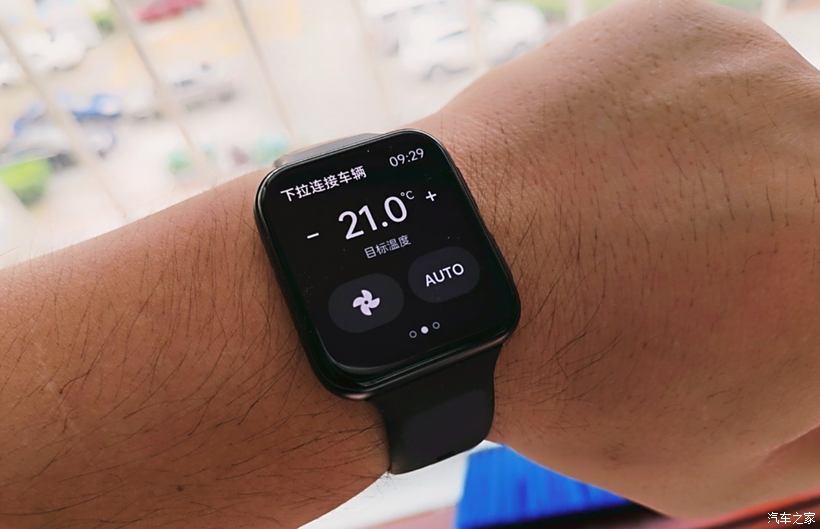
The interface is based on a simple and clear design style to avoid visual complexity and confusion.
Each element is carefully laid out to ensure a clear level of information that is easy for users to
understand and manipulate.

Personalized services:
Discuss how data collected by IoT can be used to provide users with personalized services or products.
Provides a wealth of personalized Settings options, allowing users to adjust the interface style, dial
style, notification display and other Settings according to their preferences, to meet the needs and
preferences of different users.


The watch interface focuses on smooth interaction and natural gesture operation. For example, by performing
various actions with simple gestures such as swiping and clicking, users can quickly and seamlessly
browse information and perform functions.


Feedback mechanisms:
Establish effective user feedback systems to continuously optimize IoT solutions.
Use IoT devices and sensors to collect diverse data such as user behavior, health indicators, environmental
conditions, and more. Integrate the collected data into a unified platform or system for in-depth
analysis and mining. Through data analysis algorithms (such as machine learning models), users' preferences,
habits and behavior patterns are identified.

Provide multiple feedback channels, such as in-app feedback forms, website feedback pages, customer
service hotline, social media, etc. Make it easy for users to choose the feedback channel that works
best for them.

05 Risk assessment and countermeasures
Risk:
1.Security vulnerabilities: iot devices often have security vulnerabilities due to their interconnected
and intelligent nature.
These vulnerabilities can be exploited by hackers, such as breaking into home networks or corporate systems,
stealing personal or commercially sensitive information, or even taking control of iot devices for malicious
operation.
2.Privacy concerns:Many iot devices collect and process large amounts of user data, including personal
preferences, location information, physiological data, and more. Improper handling of this data may violate
user privacy, such as unauthorized data collection, data leakage, or data being used for unauthorized purposes.
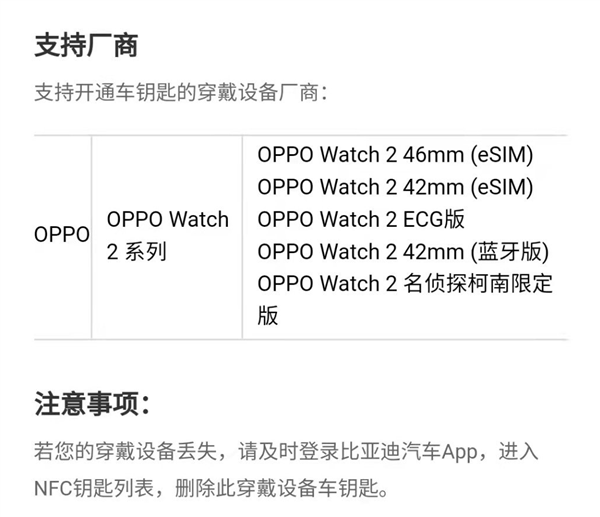
Measures:
1.Implement data encryption, data anonymization, and access control measures to protect data generated and
transmitted by IoT devices. At the same time, develop data retention and deletion policies to comply with
privacy regulations.
2.Manage and assess security at all stages of the supply chain, including equipment manufacturers, software
vendors and service providers. Ensure that risks are controlled and managed at source.

